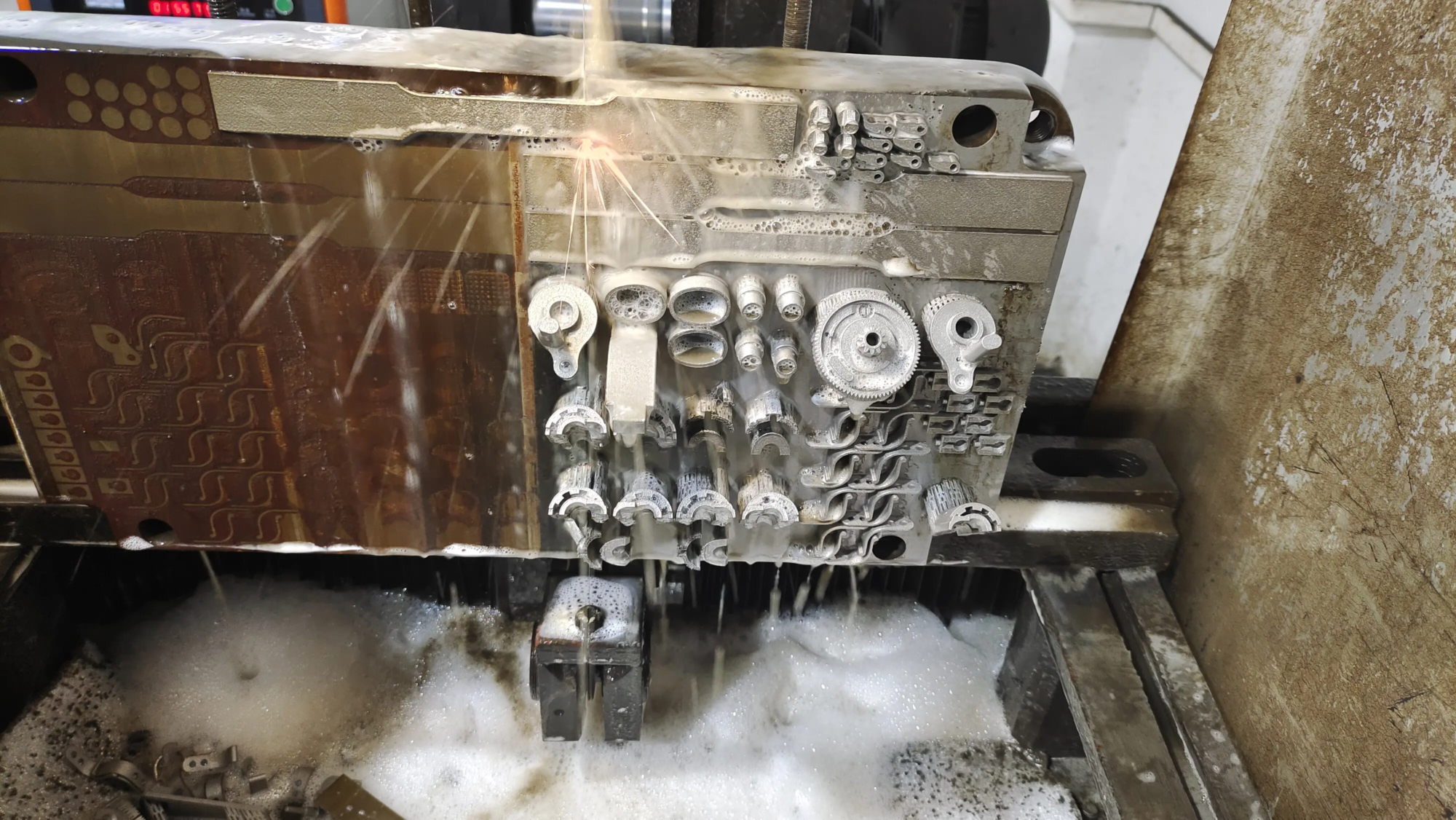Space is an extreme environment full of unforeseen risks, and radiation is one of the most serious threats. In space missions, astronauts and their equipment are faced with much higher levels of radiation than the earth.
Without effective protection, not only can equipment fail, but astronauts will also face long -term health risks. Consequently, radiation protection has become a major problem in spatial exploration.
To solve this problem, a team from the University of Ghent, Belgium explores an innovative solution – of 3D printed hydrogels. This material which can keep a large amount of humidity should become a key material for radiation protection in space with its unique protective properties.
So, what exactly is a hydrogel? How does he effectively protect the influence? Let’s learn this new equipment according to the resource library.
Water: Natural barrier for the protection of space radiation
Although we often imagine space as a complete vacuum, in fact, space is filled with high energy particles that move at high speed, mainly from the sun. The study revealed that water has the unique capacity to slow down the radiation particles because of its density and its concentration of hydrogen, it should therefore provide astronauts effective radiation.
However, direct use of water to protect radiation is faced with a range of practical challenges. For example, loading a huge water tank in a spatial combination is neither realistic nor limiting the freedom of movement of astronauts; Event of a leak.
Consequently, the Research Team of the University of Ghent develops an alternative – an absorbing polymer of super -water (SAP). This material can absorb water far exceeds its own weight and convert it into a hydrogel state, which has the waterproof properties of water.
Lenny Van Daele, researcher at the University of Ghent The 2018 company.
3D printed hydrogels: a revolutionary breakthrough in the protection of space
Hydrogels not only play an important role in medicine, but their stable humidity retention capacities and radiation protection also make it an ideal spatial radiation protection material. Compared to traditional water protection methods, hydrogels have higher stability and will not easily lose humidity.
“The super-absorbent polymers that we use can be treated through a variety of technologies, which makes him unique among many polymers,” said Manon Minsard, researcher at the University of Ghent. The need to be transformed into almost all forms, which gives us greater design flexibility. »»
After having verified the applicability of hydrogels in space environments, the research team is now focusing on improving the hydrogel manufacturing process, aimed at improving production efficiency and ultimately, Obtain large -scale production, providing reliable radiation for future solutions to protect space missions.
Thanks to this revolutionary research, Hydrogel 3D printing technology should not only play an important role in spatial radiation protection, but can also open new perspectives for applications in other areas.





